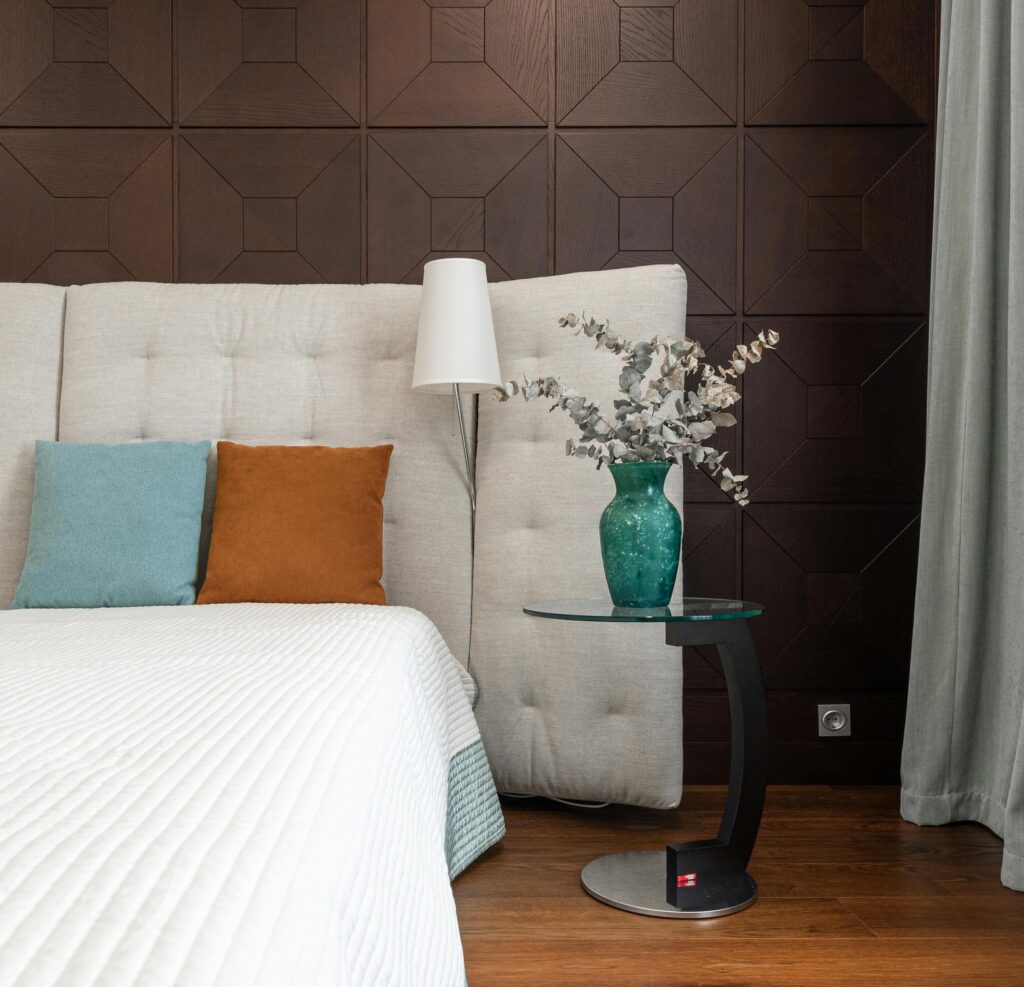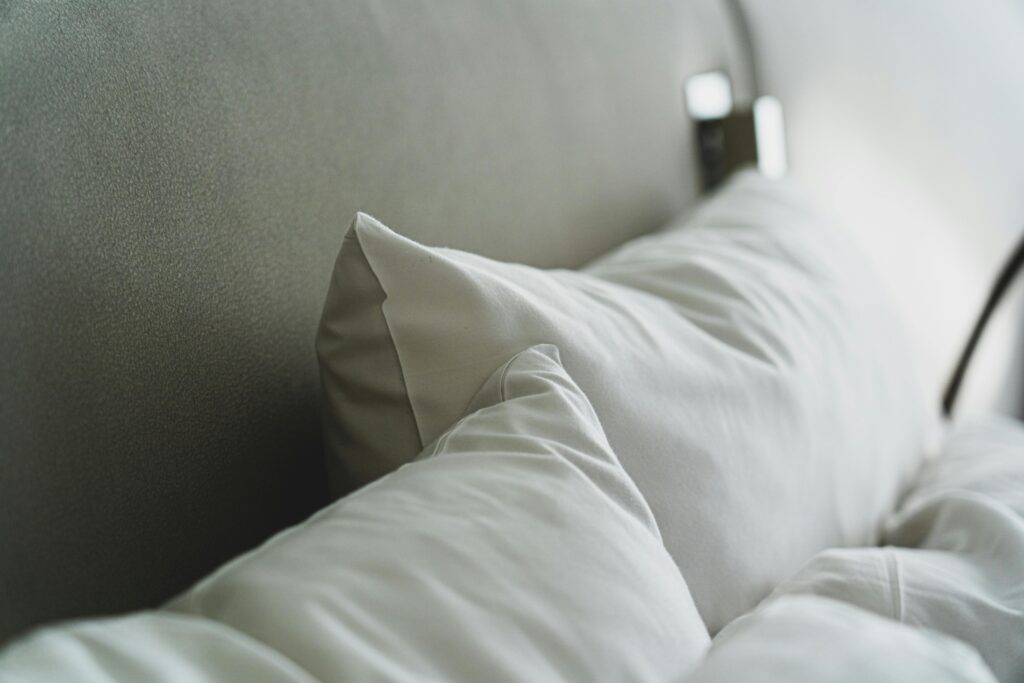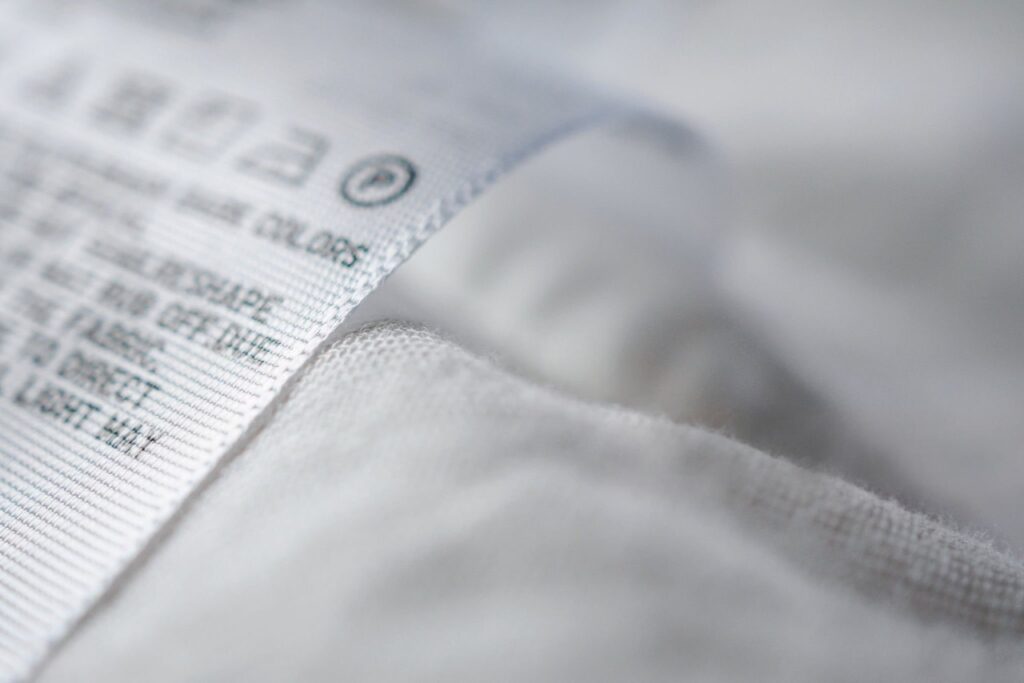
Discover the truth about thread count! Learn why 1000-thread-count sheets are a marketing scam and how to find truly luxurious, durable bedding by focusing on fiber quality, weave, and ply. Sleep smarter, not harder.
The cathedral of consumerism was, in this case, a department store on a Thursday afternoon. Light, soft and artificial as whipped cream, poured over islands of meticulously arranged bedding. Everything was a whisper of beige, white, and slate grey. The air hummed with a silent, expensive promise: a better life, a quieter mind, a more perfect sleep, all available for purchase. I was there with a mission, fueled by a recent bonus and a deep-seated belief that adulthood was measured in the quality of one’s linens. My hand, still accustomed to the pilled, bargain-bin polyester of my twenties, reached out and touched a pillowcase. It was cool. Unnaturally smooth. It felt less like fabric and more like a solid, silken liquid.
A saleswoman materialized, her footsteps silenced by the plush carpet. She had the serene, knowing smile of a high priestess.
“You have excellent taste,” she said, her voice a low, confidential murmur. “Those are our Giza 85 Egyptian Cotton. A thousand thread count. They’re… transformative.”
I fumbled for the price tag. It was a small, heavy slab of polished metal. The number on it made my breath catch slightly.
“A thousand?” I said, the word feeling momentous. “That’s the good stuff, right? I’ve heard… the higher, the better.”
“It’s the only thing that matters,” she affirmed, nodding with grave certainty. “Thread count. It’s the single greatest indicator of quality. It’s what separates the ordinary from the sublime.”
I believed her. Of course I did. We all do. It’s a mantra drilled into us from every corner of commerce. Thread Count. TC. The magic number. We’re taught that 200 is basic, 400 is respectable, 600 is luxury, and anything soaring into the 800, 1000, or—heaven help us—1500 range is the absolute pinnacle of domestic bliss. It’s a simple, clean, numerical promise of perfection.
I bought them. I swiped my card with a sense of triumphant maturity. I was buying better sleep. I was investing in serenity. I was purchasing a tangible piece of the good life.
Premium Microfiber Printed Fitted Sheet

Months later, the dream was pilling. Literally. Those magnificent, thousand-thread-count sheets had begun to form little grey bobbles all over the surface. The silken liquid feel had been replaced by a strange, slightly sticky, plasticky sensation. They trapped body heat, making summer nights a sweaty ordeal. After a few more washes, a seam began to fray. I felt a profound sense of betrayal, and it wasn’t just about the money. It was the shattering of a promise. The number had lied.
This personal disillusionment sent me down a rabbit hole. I became a textile detective, a bedding skeptic. I talked to fabric engineers, read historical treatises on weaving, and submerged myself in the arcane world of textile manufacturing standards. What I discovered was a story of brilliant marketing, consumer gullibility, and the quiet, enduring truth about what actually makes a beautiful, lasting sheet. This is that story. This is why the relentless pursuit of high thread count is a fool’s errand, and how you can learn to find the real thing.
Botanical Graphite Poly Cotton – FD Bedsheet Set
Act I: The Loom – A Crash Course in How Fabric is Born
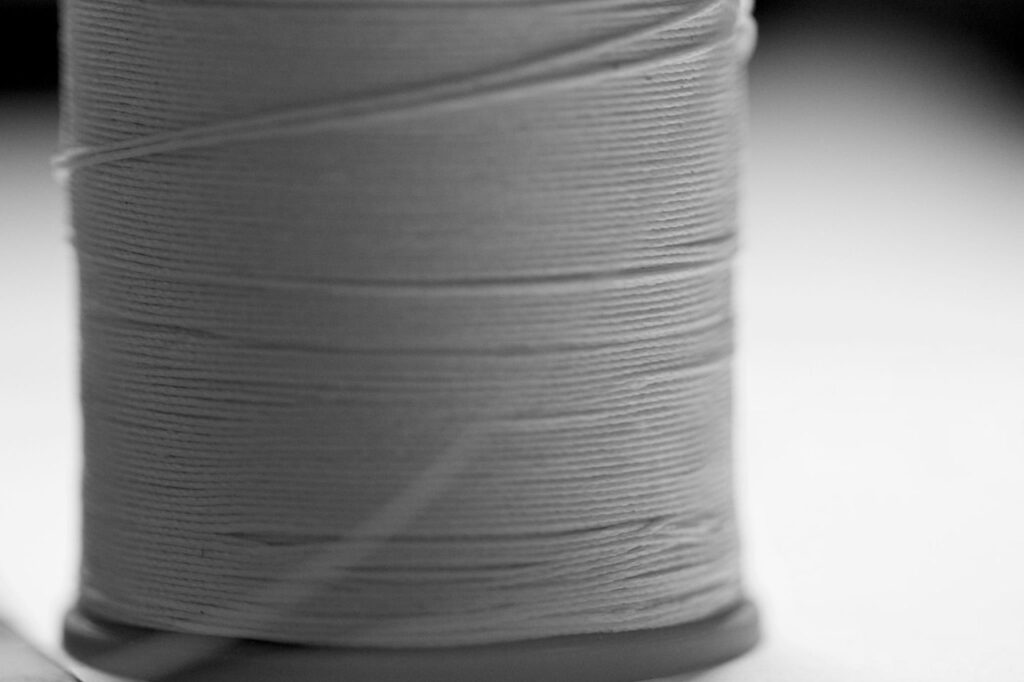
To understand the lie, you must first understand the truth of how cloth is created. Let’s start at the very beginning, in the most honest way possible.
Picture the most basic woven fabric. It is a crosshatch, a grid. This grid is made from two distinct sets of threads:
- The Warp: These are the foundational threads. They are held parallel to each other under high tension on the loom, running vertically, the backbone of the fabric.
- The Weft: Also called the woof, these are the threads that weave across the warp, moving horizontally, over and under them, back and forth, binding the structure together and creating the cloth itself.
Thread Count, in its pure, unadulterated form, is simply the total number of these warp and weft threads counted within a single square inch of the finished fabric. If you took a one-inch ruler and counted 100 vertical (warp) threads and 100 horizontal (weft) threads, you’d have a 200-thread-count fabric. It’s a measurement of density.
In a perfectly honest world, using high-quality materials, a higher thread count would logically suggest a finer, denser, smoother fabric. And for natural fibers like cotton, there is a very real physical limit to this density. Think of it like trying to park cars in a garage. You can only fit so many sedans into a single space. To fit more cars, you’d need to use much smaller vehicles.
This is the first clue that something is amiss. High-quality, long-staple cotton (the kind we’ll learn about later) can be spun into incredibly fine, strong yarns. With these exquisite yarns, a master weaver can create a fabrithat is truthfully 400, 500, or maybe even 600 threads per square inch. It will be sublime—durable, silky, and breathable.
But beyond this point, you enter a realm of geometric fantasy. The numbers being advertised—800, 1000, 1200—are, for a standard weave using quality single-ply yarns, a physical impossibility. You cannot physically cram that many threads of a substantial cotton yarn into a square inch. The loom would break. The threads would have no room to move, resulting in a board-like, stiff cloth, not a fluid, soft sheet.
So, the question hangs in the air, heavy and accusing: If it’s impossible, why is every other sheet set on the market boasting these astronomical numbers? The answer is a tale of linguistic loopholes and mathematical manipulation.
Premium Microfiber Printed Fitted Sheet
Act II: The Shell Game – The Dark Art of Creative Counting
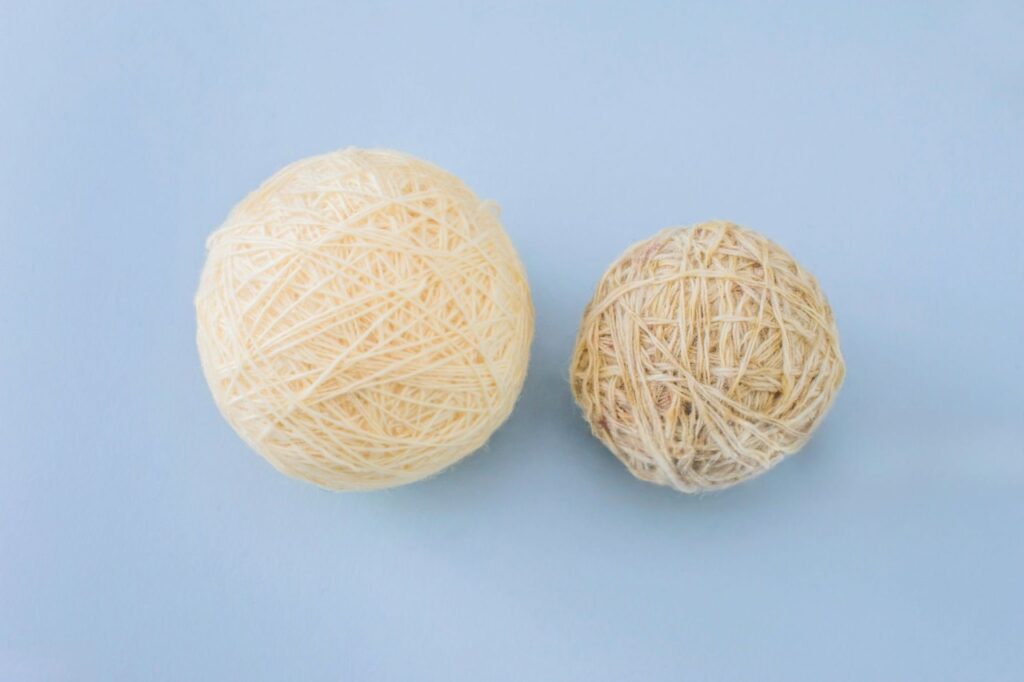
Enter the villain of our story: the multi-ply yarn. This is the engine of the scam.
A single-ply yarn is just that: one single, continuous strand of spun cotton fiber. It’s strong, fine, and direct. A multi-ply yarn takes two, three, or even four weaker, inferior strands of shorter cotton fibers and twists them loosely together to form one thicker, coarser “thread.”
Let’s use an analogy. Imagine you’re buying lumber. A single-ply yarn is a solid, flawless oak plank. A two-ply yarn is two warped, knotty pine boards glued together and planed down to look like one plank. They are both called a “plank,” but their integrity, strength, and quality are worlds apart.
Now, here’s where the magic happens. Remember our thread count? That “1000 Thread Count” label is often achieved by counting each ply within the twisted yarn as an individual thread.
Let’s break down the math of the deception:
- A mill creates a base fabric. It’s a decent, honest fabric with 200 warp threads and 200 weft threads per square inch. This is a true 400-thread-count fabric.
- However, the mill uses two-ply yarns. Each “thread” in that count is actually two strands twisted together.
- Instead of calling it a 400-thread-count sheet (which is honest), the marketing department works its magic. They calculate: 200 warp threads x 2 plies = 400. 200 weft threads x 2 plies = 400. 400 + 400 = 800 Thread Count!
- Feeling even more ambitious? Use three-ply yarns! 200 x 3 = 600, plus another 200 x 3 = 600. 600 + 600 = a miraculous 1200 Thread Count!
The base fabric hasn’t changed. The density hasn’t changed. The number of physical threads in that square inch is still 400. But through the alchemy of creative accounting, it has been transformed into a “premium” product, all by using a lower-quality, thicker, clumsier yarn.
The result is exactly what I experienced: a heavier, less breathable fabric. Those thick, multi-ply yarns create a denser weave that traps heat and moisture. They lack the fineness and strength of a good single-ply yarn, which is why they pill and break so easily. The sheet feels damp and sticky in summer and cold and stiff in winter. You’ve paid a premium for a inferior product disguised by a big, beautiful, meaningless number.
This practice is so widespread that it prompted the U.S. Federal Trade Commission (FTC) to issue guidelines. They state clearly that if a multi-ply yarn is used, the thread count should be based on the number of yarns, not the number of single plies used to make those yarns. But these are guidelines, not fiercely enforced laws. The temptation of that magical, marketable number is too great for many manufacturers to resist.
Royal Linen Micro Cotton Stripes King size Fitted sheets with 2 Pillows
Act III: The Soul of the Sheet – Why Fiber is the True Sovereign

If thread count has been exposed as a fraudulent king, what should rightly sit on the throne? This is the heart of the matter. The true measure of a sheet’s quality lies not in a number, but in the very essence of its being: the fiber.
And the most important characteristic of a cotton fiber is its staple length—the length of the individual cotton filaments.
This is the real hierarchy of cotton, a story of commoners and kings:
- Short-Staple Cotton: This is the workhorse, the commoner of the cotton world. The fibers are less than 1 1/8 inches long. They are weaker and have more ends protruding from the yarn. Think of a rope made from many short pieces of string versus one long continuous strand; the short-string rope will be fuzzier and weaker. Fabrics made from short-staple cotton are more prone to pilling, tearing, and losing their shape. This is the cotton used in your basic, cheap t-shirts and, when twisted into multi-ply yarns, your “1000-thread-count” scam sheets.
- Long-Staple Cotton: Here enters the nobility. These fibers measure between 1 1/8 and 1 1/4 inches long. They can be spun into finer, stronger, and much smoother yarns. The resulting fabrics are more durable, softer to the touch, and have a subtle luster. They resist pilling and become luxuriously soft over time. The most famous example is Pima cotton, primarily grown in the southwestern United States. A step above is Supima® cotton, which is a licensed trademark that guarantees the use of American-grown Pima cotton and ensures integrity throughout the supply chain.
- Extra-Long Staple (ELS) Cotton: This is the royalty, the apex of the cotton plant. Fibers are longer than 1 3/8 inches. They are the longest, strongest, and silkiest fibers available on earth. Yarns spun from ELS cotton are exceptionally fine and robust, creating fabrics that are incomparably soft, incredibly durable, and develop a beautiful, lived-in patina over decades. The most legendary name here is Egyptian Cotton, specifically the varieties like Giza 45 and Giza 87 grown in the unique climate of the Nile River Valley. (A crucial caveat: the term “Egyptian Cotton” is itself notoriously abused. Many sheets labeled as such use shorter-staple cotton merely processed in Egypt. True, premium ELS Egyptian cotton is rare and commands a price to match).
Here is the undeniable truth that changes everything: A sheet made from extra-long staple cotton with an honest 300-thread-count percale weave will feel more luxurious, sleep cooler, and outlast by decades a 1200-thread-count sheet made from short-staple, multi-ply yarn.
The fiber is the soul. The thread count is merely a measurement of its density—a measurement that, as we’ve seen, is easily and commonly faked. You cannot make a silk purse from a sow’s ear, and you cannot make a luxury sheet from short, inferior cotton, no matter how creatively you count its components.
Luxury Bed Spread 3 Pcs
Act IV: The Architecture of Feel – The Critical Role of the Weave
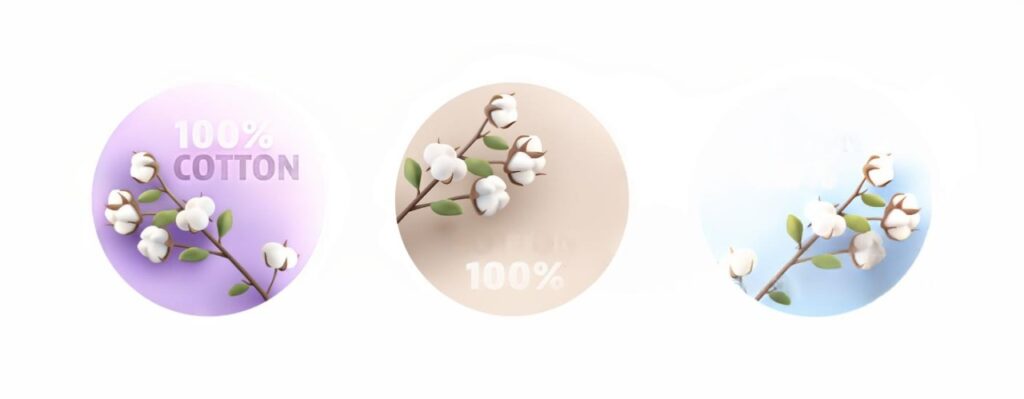
If the fiber is the soul, the weave is the architecture. It is the pattern by which the warp and weft are interlaced, and it determines the fundamental personality of the fabric—its hand-feel, its weight, its drape, and its performance.
The two weaves you will encounter in the world of high-quality bedding are Percale and Sateen. Understanding their difference is like knowing the difference between a crisp white shirt and a soft silk blouse.
Percale: The Crisp Classic
- The Structure: Percale is a simple, tight, one-over-one-under plain weave. It’s balanced, robust, and straightforward.
- The Feel: This is the fabric of classic luxury hotels. Percale is light, crisp, and cool to the touch. It has a matte finish and a slightly papery, dry hand-feel that is incredibly refreshing. It’s breathable, making it ideal for hot sleepers or warm climates. A high-quality percale made from long-staple cotton is not initially the softest; its magic is that it becomes soft over dozens of washes, breaking in like a perfect pair of jeans while retaining its crisp character and formidable durability. It is the summer suit of sheets—tailored, clean, and effortlessly elegant.
Sateen: The Silky Decadent
- The Structure: Sateen is a more complex weave, typically three or four-over, one-under. This structure leaves more of the continuous weft threads on the surface of the fabric.
- The Feel: This is where the famous “silky” feel of sheets comes from. Sateen is heavier, warmer, and dramatically smoother than percale. It has a distinctive, subtle sheen and a fluid, draping quality that feels decadent and luxurious from the first use. However, because more threads are exposed on the surface, sateen can be more susceptible to pilling and snagging—unless it is made from the strongest, longest-staple fibers that can withstand the exposure. It is the velvet robe of sheets—opulent, warm, and sensual.
The choice between percale and sateen is profoundly personal. There is no “better”; there is only what you prefer. Do you sleep hot and crave a cool, crisp touch? Choose percale. Do you sleep cold and desire a warm, silky embrace? Choose sateen. This distinction is infinitely more important than any thread count number.
Premium Microfiber Printed Fitted Sheet
Act V: Reading the Signs – A Detective’s Guide to the Label
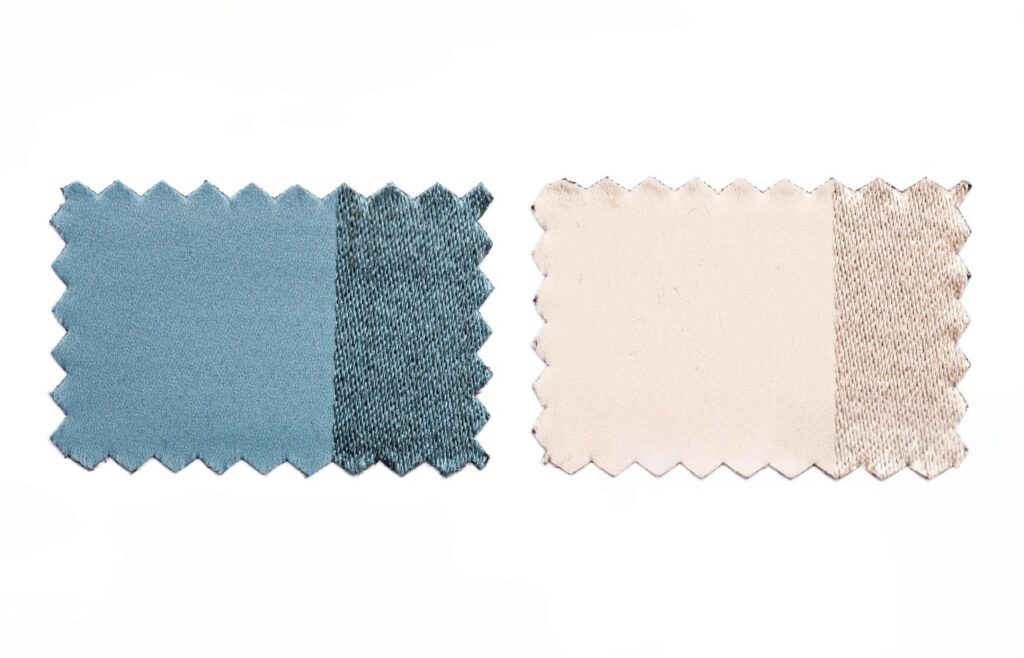
Once you learn to ignore the screaming headline of thread count, the rest of the label begins to speak to you in a more nuanced language. You become a connoisseur, looking for the quiet markers of true quality.
- Ply: You are now an expert. Seek out “single-ply” or “one-ply” yarns. This is a hallmark of a quality manufacturer who uses fine, strong threads that don’t need the crutch of being twisted together.
- Finish: How has the sheet been treated after weaving? The best sheets are minimally finished. Be highly skeptical of labels that boast “wrinkle-free,” “easy-care,” or “no-iron.” These properties are achieved through chemical resins (often formaldehyde-based) that are applied to the fabric. These resins can break down the fibers over time, reduce breathability, make the fabric stiffer, and can even cause skin irritation for some. True luxury accepts a few wrinkles as a testament to its natural origin. You can always give them a quick iron if you desire a pristine look, but the best sheets look beautifully lived-in.
- Weight: Sometimes listed as GSM (Grams per Square Meter). This tells you the density of the fabric in a more objective way. A mid-weight percale might be around 110-120 GSM, while a heavier sateen might be 140+ GSM. It’s a useful data point, but again, not a sole indicator of quality (a heavy sheet could be made from terrible cotton).
- Origin and Certification: This is where the truth lies. Look for specific, verifiable, and certified origins.
- Supima®: A licensed trademark that guarantees the use of American-grown Pima cotton. This is a reliable mark of quality.
- Egyptian Cotton: Look for specific mentions of “Giza 45” or “Giza 87” and for logos from the Cotton Egypt Association, which offers a certification seal to guarantee authentic Egyptian cotton.
- GOTS (Global Organic Textile Standard): If organic farming practices are important to you, this certification ensures organic integrity from the field to the finished product, including strict environmental and social criteria.
The Feel Test: Ultimately, your hands don’t lie. Learn to feel the difference. High-quality cotton has a dry, smooth, substantial hand-feel. Low-quality cotton or polyester blends often have a waxy, slippery, or artificially soft feel—a result of those chemical finishes.
https://humabedsheets.com/shop/bedspread3pc/luxury-bed-spread-3-pcs-7/
Act VI: The Reckoning – A Night of Honest Sleep
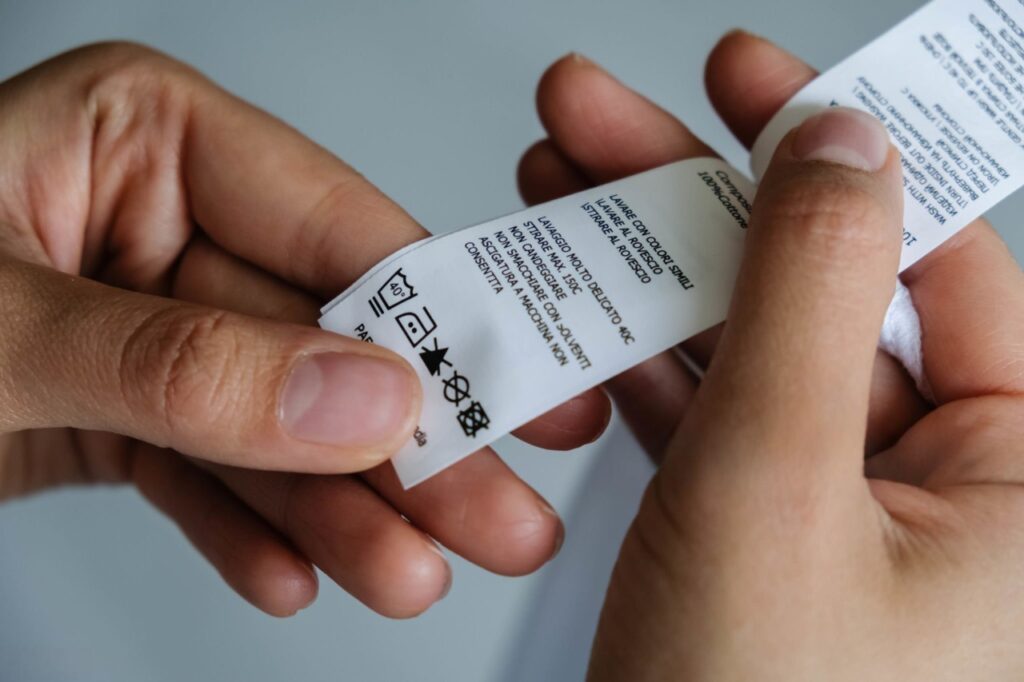
Armed with this new literacy, I returned to the world of bedding a changed person. I was no longer a susceptible consumer; I was an investigator.
I walked past the towering, boastful displays of “1600 THREAD COUNT MIRACLE SHEETS!” without a second glance. I went straight to the labels. I ignored the big, bold numbers and looked for the small print. I sought out the words “percale,” “sateen,” “long-staple,” “Supima,” “single-ply.”
After much searching, I found them. A set of sheets from a heritage mill in Italy. The packaging was simple, almost plain. The headline was not a number, but a name. The label read: “Percale. 100% Extra-Long Staple Egyptian Cotton. Single-ply. 380 Thread Count.”
They were not inexpensive, but they cost less than the fraudulent four-figure set I’d bought before. It was an investment in truth. I brought them home, washed them in cold water, and put them on my bed.
The first night was a revelation. It wasn’t a slap-in-the-face kind of luxury. It was a deep, quiet, profound comfort. The percale was cool and crisp, with a beautiful, dry hand that felt clean and breathable. They had a substance, a integrity that the other sheets lacked. They didn’t slither off the mattress or tangle around my legs. They smelled like fresh air and cotton, not perfumed chemicals.
A year later, they are even better. With every wash, they have softened, becoming more fluid and comfortable while losing none of their strength or crispness. There are no pills, no thin spots, no fraying seams. They feel like they will last for twenty years. They are not a disposable commodity; they are a companion, a testament to the idea that quality is measured in years, not in a hollow, inflated number.
Ruby Meadow Poly Cotton – FD Bedsheet Set
The Sweet Spot: Where Truth Resides
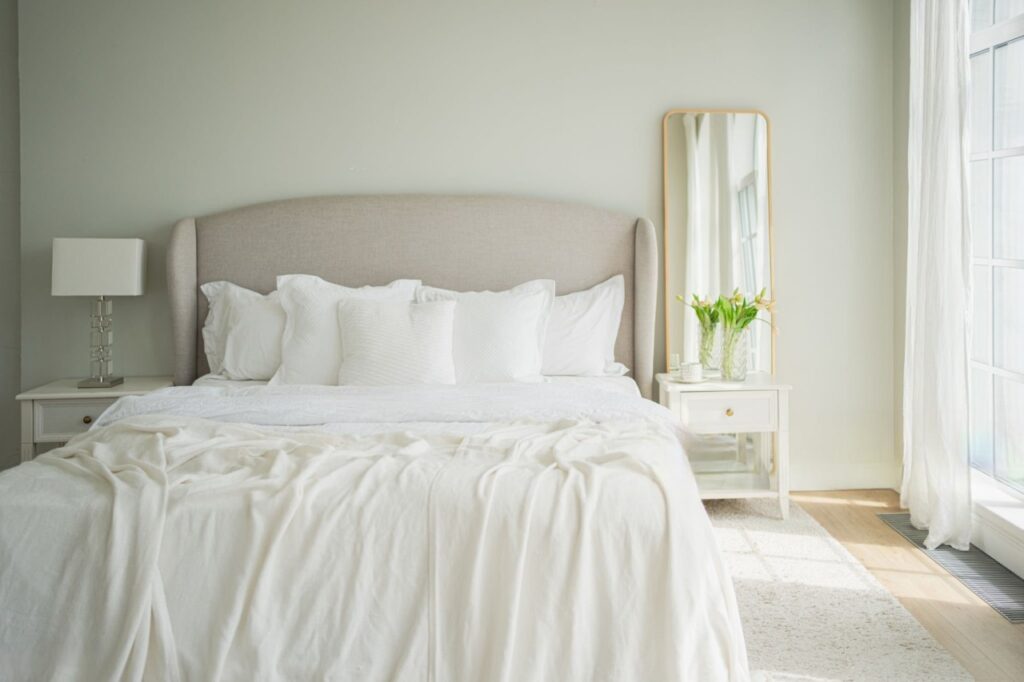
After this long journey, it feels almost reductive to give a number. But for those seeking a guideline, know this: the sweet spot for truly high-quality, long-staple cotton sheets lies firmly between 200 and 600 thread count.
Within this range, you will find excellence:
- For a classic, cool, breathable percale: look for 200-400.
- For a soft, warm, lustrous sateen: look for 300-600.
Any sheet that consistently boasts a thread count significantly higher than 600 should be met with immediate and profound skepticism. It is almost certainly employing multi-ply trickery, using inferior fibers, or blending in synthetic materials to achieve that deceptive number.
Premium Microfiber Printed Fitted Sheet
FAQs
1. What is a good thread count for sheets?
For high-quality sheets made from long-staple cotton (like Egyptian or Pima), the true sweet spot is between 300 and 600. Focus on the material and weave first; a well-made 400-thread-count percale sheet will outperform a dishonest 1000-thread-count sheet every time.
2. Why are my high-thread-count sheets pilling?
Pilling is a classic sign of low-quality fibers. Your high-thread-count sheets are likely made from short-staple cotton fibers twisted together into multi-ply yarns. These shorter, weaker fibers break with friction and wash cycles, forming pills on the surface, proving the high number was a deceptive marketing tactic.
3. What should I look for instead of thread count?
Ignore the thread count and look for these markers of quality:
- Fiber:“Long-Staple,” “Egyptian Cotton,” “Pima,” or “Supima” cotton.
- Ply:“Single-ply” yarns.
- Weave:“Percale” (for a crisp, cool feel) or “Sateen” (for a soft, warm feel).
- Certification:Look for legitimate certifications like the Supima® trademark or Cotton Egypt Association logo to ensure authenticity.
The Final Unspooling
The myth of thread count is a masterpiece of modern marketing. It preys on our desire for simple, quantifiable metrics for quality in an increasingly complex world. It’s easier to compare two numbers than it is to understand the nuances of staple length, ply, weave, and finish. The industry knows this and has exploited it for decades, convincing us to pay a premium for an inferior product disguised by a mathematical lie.
But you are now armed with the truth. You are no longer a passive consumer; you are an informed citizen of the world of home goods.
The next time you shop for sheets, I urge you to see past the illusion. Ignore the siren song of the impossible number. Listen instead for the quiet story of quality. Seek out the words that matter: the fiber, the weave, the origin. Feel the fabric. Read the label not for its biggest promise, but for its smallest, most honest details.
True luxury in bedding is not about a number. It’s about the integrity of the raw material, the skill of the spinner and the weaver, and the honesty of the brand telling you its story. It’s about the cool, crisp embrace of honest cotton on a summer night, the warm, silky drape on a winter evening, and the deep, satisfying sleep that comes from knowing you’ve chosen something real.
The best sheets are not defined by how many threads they claim to have, but by how completely they allow you to forget about them, dissolving into the background of a perfect, restful night. And that is a feeling no scam can ever quantify, and no big number can ever provide.
How Your Bedding Impacts REM Sleep: The Science Behind Better Rest

